- Marine Engineering Geology
- Geotechnical Laboratory
- Dynamic Triaxial Stand
Dynamic Triaxial Stand
Dynamic Triaxial Test Stand
In the past, classical soil mechanics have been mainly based on static loads on constructions.
In reality, however, we often deal with temporally variable load effects. In onshore civil engineering these are primarily wind pressure and live load.
In the construction of structures constructed offshore, in addition to wind gusts, there are also loads from swell, ocean currents and tides to be taken into account. Likewise, an earthquake can also exercise dynamic loads on the ground and also stress constructions beyond their normal-statically determined limit.
It becomes clear that only in the rarest cases the influences on the soils can be assumed to be static. Rather, stresses must be reckoned with that have an impact on constructions with frequencies of 0.05 Hz (eg, swell) up to 20 Hz (eg earthquakes) and with partly large load amplitudes.
This circumstance illustrates the necessity of examining soils with respect to their geotechnical assessment properties under cyclic and dynamic stress conditions. For this purpose, a triaxial test stand was developed and constructed that can simulate dynamic and cyclic load cycles from 0 - 50 Hz under a push (i.e. loading) force of up to 20 kN.
The most important components
- Hydraulic cylinder and –hydraulic aggregate
- Real-time control
- Side pressure device
- Flow-through device with 'back pressure'
- Pore pressure measurement
Performance characteristics
- Maximum force of the hydraulic cylinder: 20 kN
- Dynamic load cycles 0-50 Hz
- Axial piston pump with a capacity of 15 l/min
- Maximum pressure of the hydraulic aggregate: 280 bar
- Maximum movement range of the hydraulic cylinder: 250mm
Typical uses of the Triaxial Test Stand
- Cyclic loading of soils, for example by founding an offshore wind energy plant
- Dynamic loading of soils by e.g. Traffic loads (railway embankment) or industrial facilities (machine foundation)
- 'Liquefaction' of granular soils e.g. due to earthquake loads
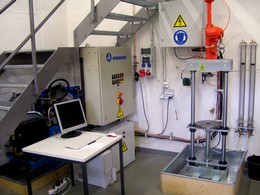
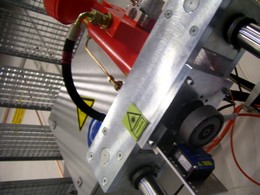
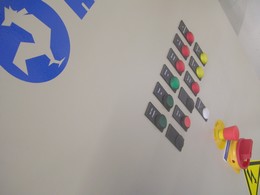
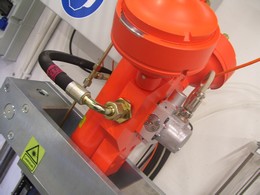
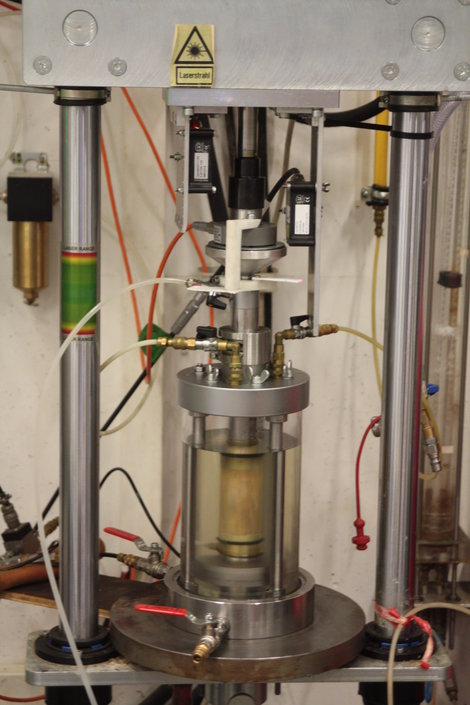
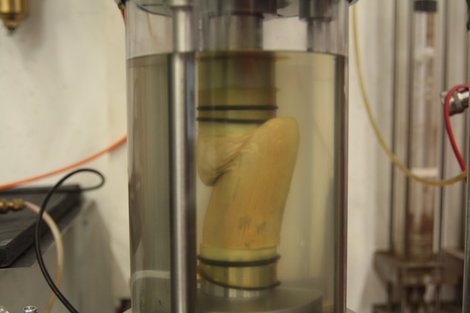
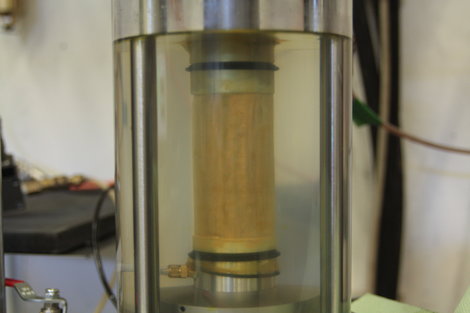
Property: MARUM / University of Bremen, AG Marine Engineering Geology and AG Marine Geotechnics


